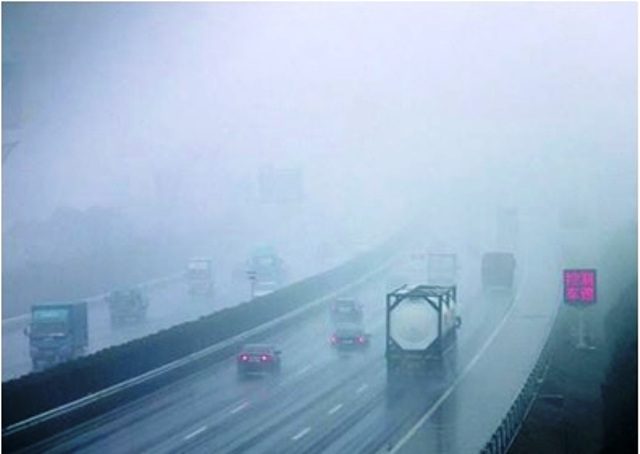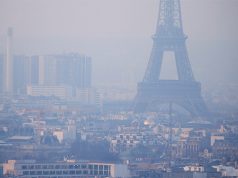WASHINGTON — Ozone pollution is dropping across many parts of the United States and Western Europe, but levels have been increasing in East Asia, reflecting increasing pollution emissions, according to new research published on Monday.
It is the conclusion from the world’s first surface ozone assessment report based on nearly all available surface observations globally from over 4,800 monitoring stations.
The large international team who produced and analyzed the database hope that it will give scientists and public health managers a better insight on trends and patterns of human health exposure around the world.
It shows that people living in China, South Korea, southern Japan and parts of southern Europe experienced during 2010 to 2014 more than 15 days a year of ozone levels above 70 parts per billion (ppb), the United States health-based air quality standard.
Although ozone levels across much of North America and Europe dropped significantly between 2000 and 2014, but people in parts of the U.S. states of California, Arizona, Colorado, Texas, the Midwest and the Middle Atlantic also experienced over 15 days a year of ozone levels above 70 ppb.
“Human health impacts from ozone are still a cause for concern across the world and are rising in parts of East Asia, with the potential for serious health effects on their populations,” said Zoe Fleming, a researcher with the National Centre for Atmospheric Science at University of Leicester.
Tropospheric or surface ozone is a kind of greenhouse gas and air pollutant that, at high levels, is detrimental to human health and crop and ecosystem productivity.
Surface ozone is not emitted directly, but forms when sunlight triggers reactions between natural and human-caused chemical emissions, known as ozone precursor gases.
Emissions from vehicles, power plants, industrial operations, and other human activities are a primary cause of surface ozone.
“There is an increasing awareness of the issues of human health from poor air quality and making such a database freely available and disseminating the results from the study will inform the public on the health implications of ozone,” Fleming said.










